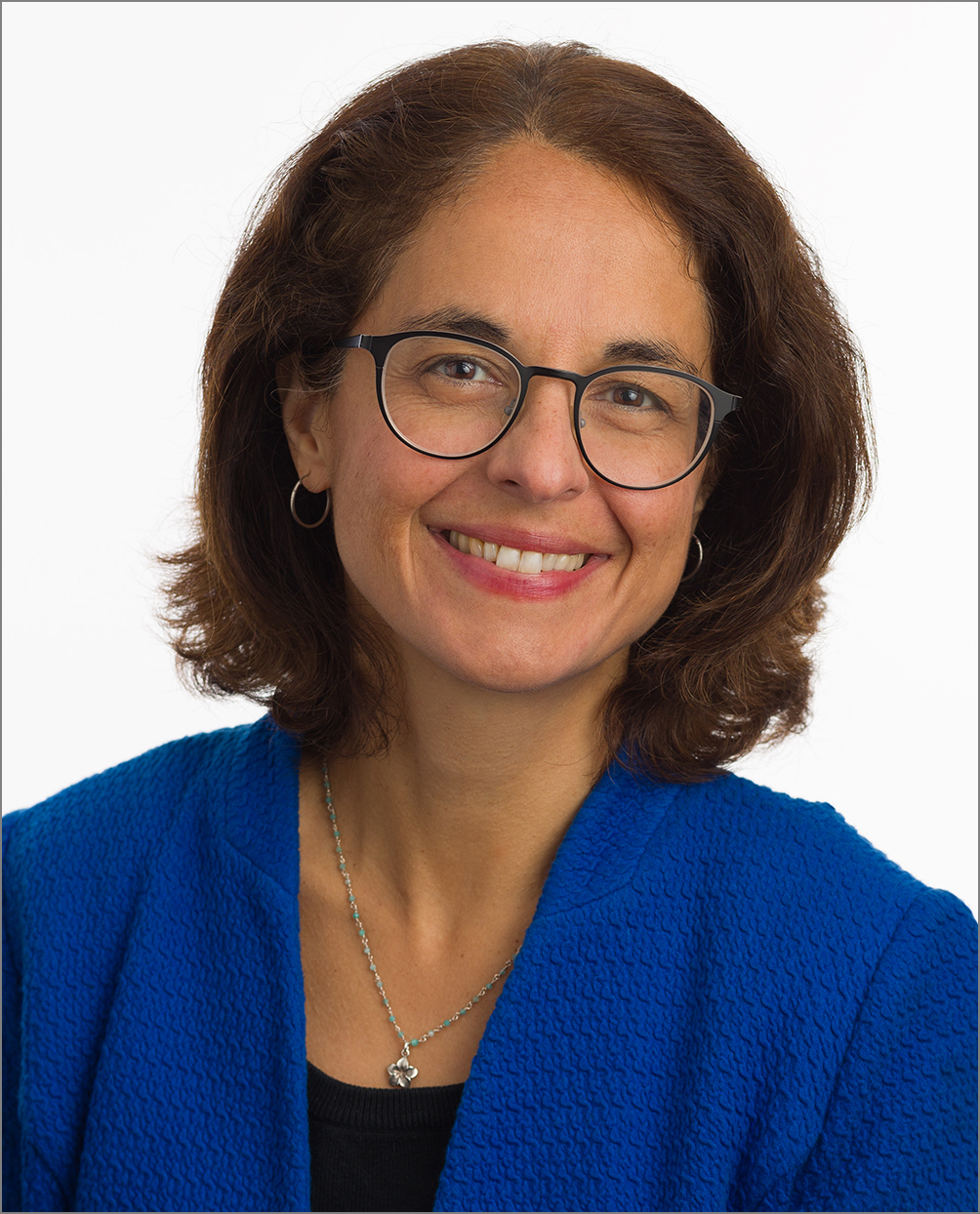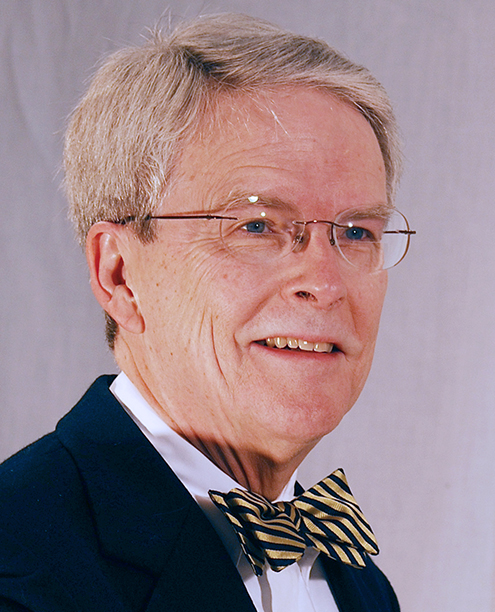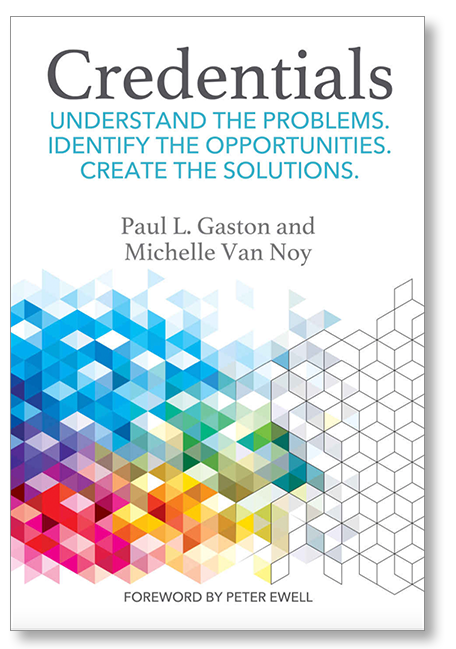

American’s aren’t just changing jobs. They’re changing careers.
A Pew Research Center survey finds 53% of adults who quit their job last year entered a new occupation or field of work. Many are learning new skills to make the jump possible, but they face a dizzying number of options ranging from traditional college degrees to newly-emerging boot camps and job training programs.
Michelle Van Noy, Director of the Education and Employment Research Center in the School of Management and Labor Relations, calls it the “Wild West” because there are no national quality standards for many of the trendy new programs.

Van Noy and Paul Gaston, Emeritus Trustees Professor at Kent State University, analyzed the landscape for their new book, Credentials.
What kinds of credentials are we talking about aside from college degrees?
Van Noy: Many labor unions and professional organizations offer apprenticeships, often in collaboration with a community college. These include traditional trades like plumbing and electrical work, as well as newer programs in fields such as healthcare and IT. Students seeking a career in coding might enroll in a “boot camp” with the goal of earning a badge. These programs are typically run by independent, highly focused startups, although many universities are now considering how to integrate badges into their offerings.
Gaston: There are also certificates and certifications, which are actually two different things. Certificates are offered by colleges, universities, and independent providers in a range of disciplines including allied health and manufacturing. Certifications are offered by independent, third-party certifying organizations. Think of a Certified Public Accountant or a CISCO Certified Network Administrator.
 You write in your book that there are more than one million education credentials and counting. What’s driving this growth?
You write in your book that there are more than one million education credentials and counting. What’s driving this growth?
Gaston: When it comes to non-degree credentials such as badges, we believe that a lack of regulation has encouraged the proliferation of non-traditional providers. It is also fueled by demand from the public for more kinds of short-term training options. But we also found that traditional colleges and universities are competing by introducing programs in new disciplines such as drone training and data analytics.
Is anyone assessing the quality and value of all these new credentials? Is there a federal or state-level board giving each one a stamp of approval?
Van Noy: In a word, no. There are many organizations developing and offering definitions and standards for quality, but no single standard. At least one formerly regional accreditor is considering extending its oversight to short-term, non-degree credentials. Others may follow. This is a significant issue for the field to consider and one that EERC continues to examine in our current research funded by Lumina Foundation.
What is the danger? Are some consumers paying for credentials that have no value?
Gaston: There is ample evidence that students incur significant debt for credentials that will not enable them to repay the loans. We cite the recent example of a film studies master’s program at one prominent university. Students typically graduate with $180,000 in debt to qualify for entry-level positions paying less than $30,000 per year. People often cite cosmetology programs as another example of poor return on investment.
Van Noy: One issue with boot camps is that they operate in a discipline that’s rapidly evolving. Coding is a highly volatile field— today’s in-demand expertise can become obsolete tomorrow. The lack of recognition and understanding among employers adds to the problem. What does a boot camp badge actually mean? What skills does it represent? That may not be clear to a hiring manager who’s never heard of it before.
What’s the solution? What will it take to ensure consumers and employers know what they’re getting into?
Van Noy: We need more consistent quality standards to address both the design and outcomes of the credential. They must ensure the design is high quality in terms of content, instructional delivery, assessment, transparency, portability, and accessibility. They must also ensure that credentials lead to outcomes of value—in other words, that credential holders actually possess the desired competencies and attain educational, employment, and social outcomes.
Gaston: The proliferation of credentials creates unprecedented opportunity for individuals, along with unprecedented confusion and risk. In the short term, we find little reason to be optimistic. Many organizations are developing or offering suggestions for how to measure quality, but there is no agreement on standards for most of these credentials.


